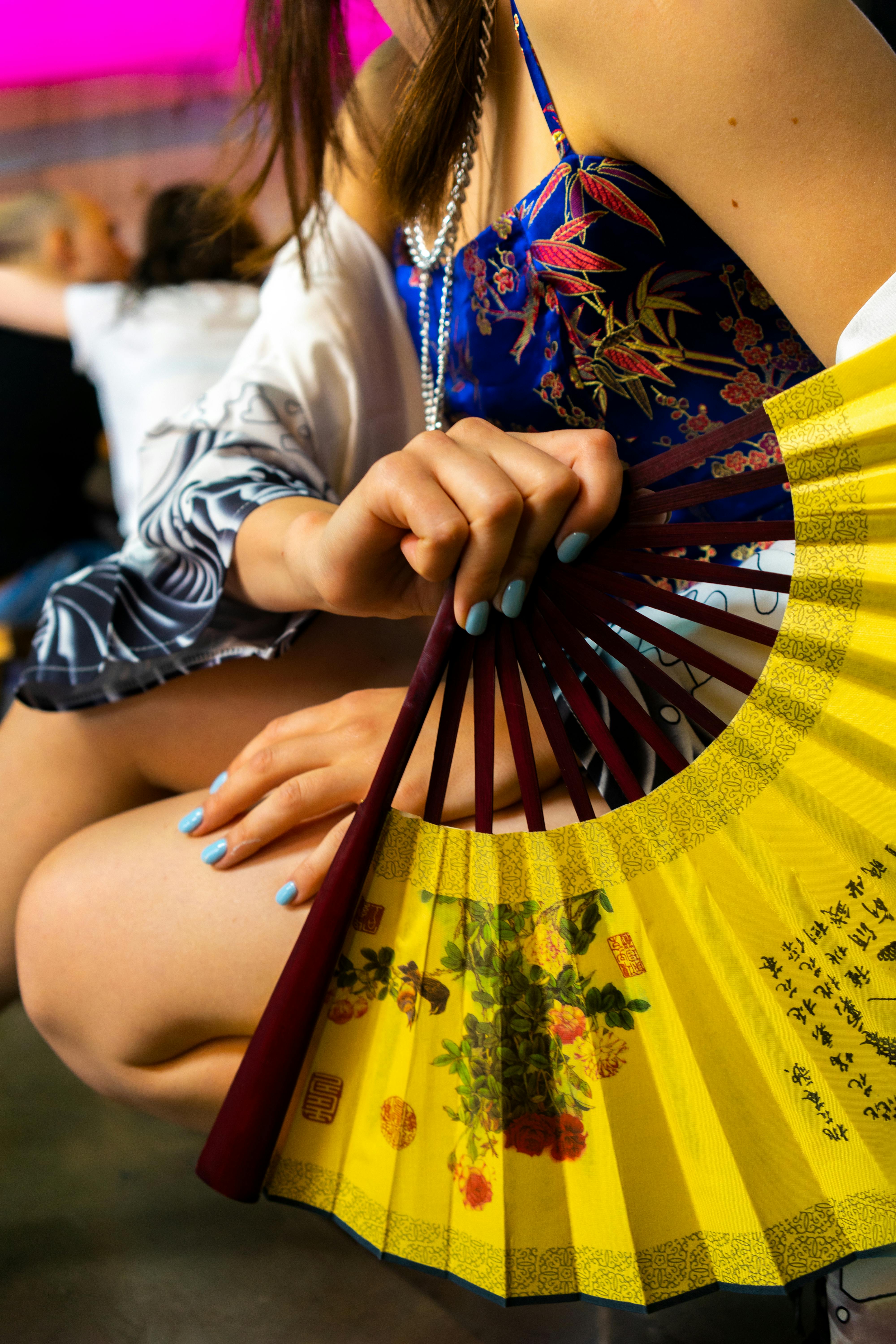From pre-colonial indigenous festivals to Catholic, Chinese, and Islamist cultures, Philippine ceremony custom is a lovely fusion of native and foreign influences. However, despite having a variety of provenance, love and commitment https://www.momjunction.com/articles/opening-lines-for-online-dating_00753795/ are the central themes in all Filipino ceremony ceremonies.
A classic Filipino wedding, such as the pamanhikan, in which the groom’s family pays the bride a visit to formally question for her hand in marriage, was an extravaganza of folk rituals that took place longer before Spain colonized the Philippines. A babaylan did bless the people on the first day by holding their joined hands over a plate of rice. After that, the partners went back to their orchard and enjoyed a delicious feast there until the next moment.

Most individuals in the Philippines also practice pamanhikan customs now, but they do so with a more contemporary flair. To the babaylan’s home, the bride and groom perhaps remain led on independent parades while frequently toting foods or flower gifts. The couple will next kiss and hug one another as the babaylan may beg over the wheat plate.
The newlyweds https://asiansbrides.com will generally get a kalamay shower from their guests during the reception( a dish of sticky rice cakes ). The rice serves as a reminder of their commitment to remain united throughout their marriage. Additionally, it serves as a way for them to express their gratitude to their friends and family for their assistance and attendance at the marriage.
The newlyweds will then typically dance during the “money dance,” also known as” the dollar dance.” The bride and groom’s friends and family gather in sherengas during this time to dance with them while having costs taped or pinched onto their attire. The sum of cash raised represents their blessings and best intentions for the newlyweds.